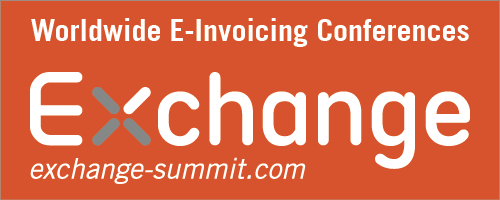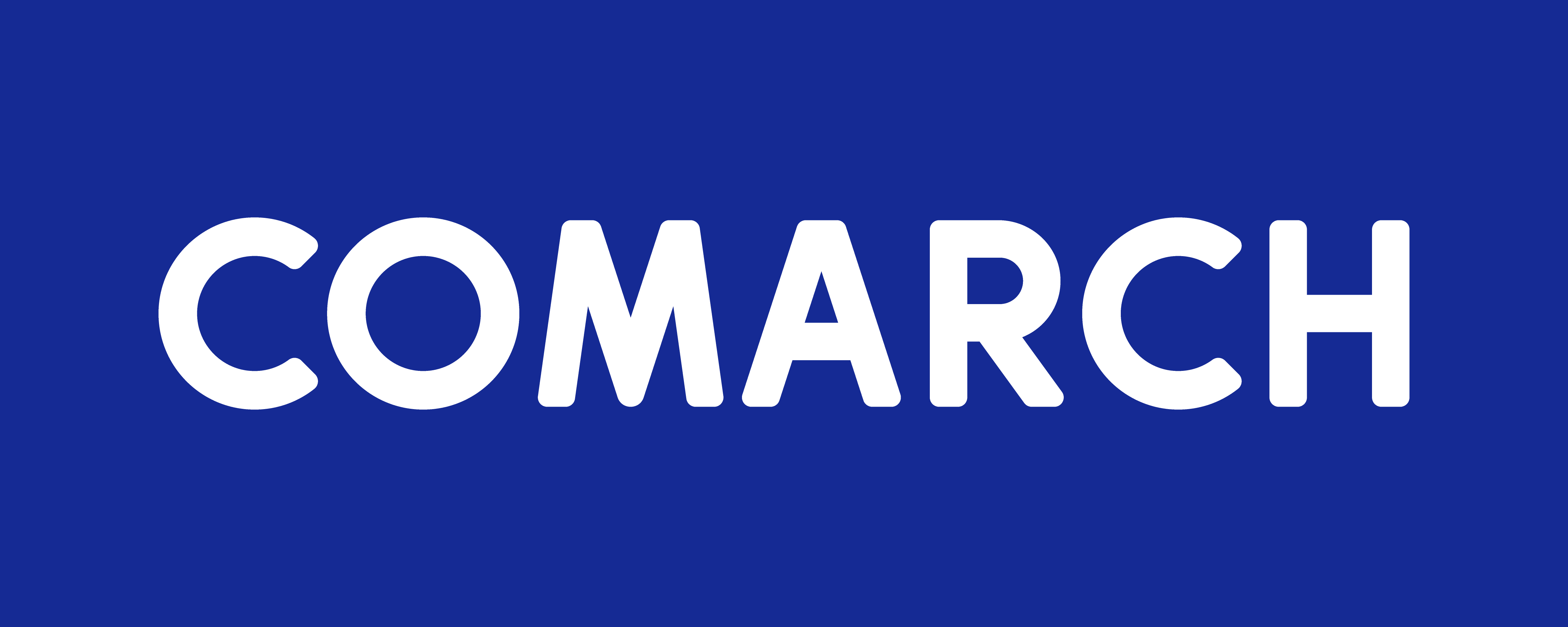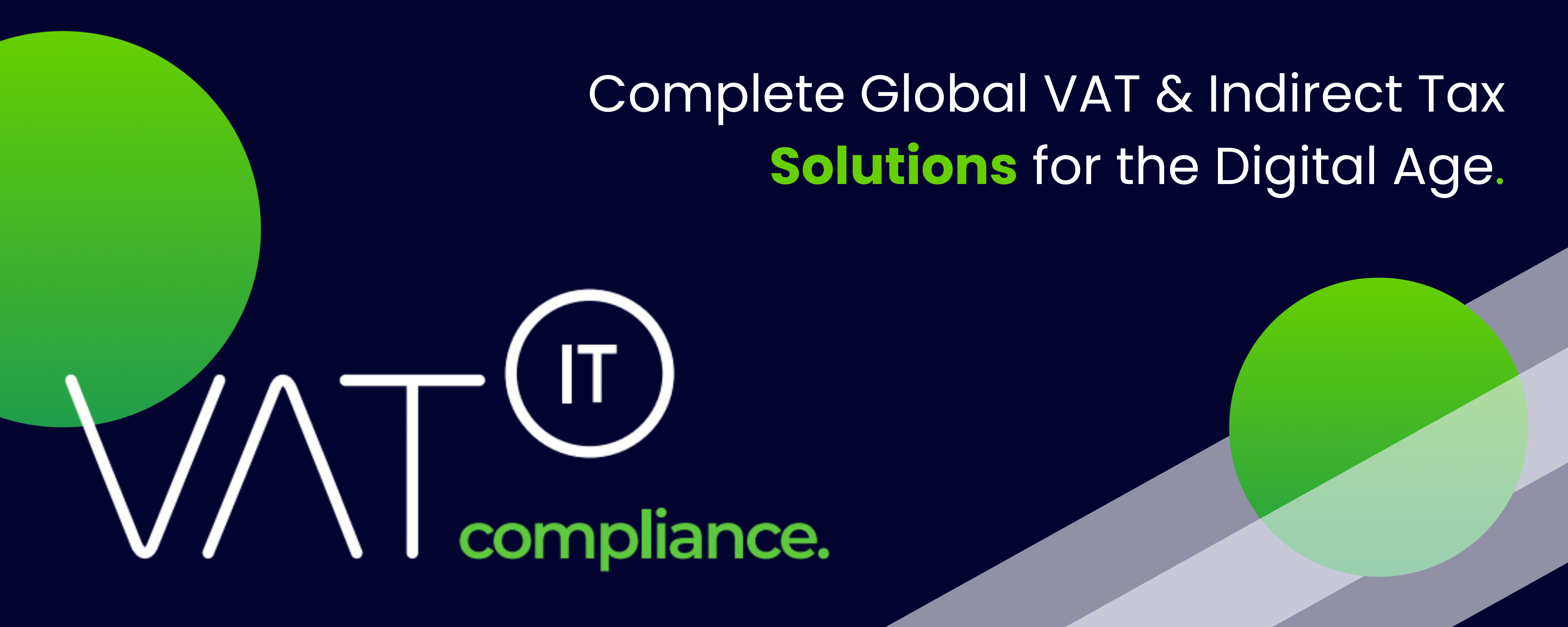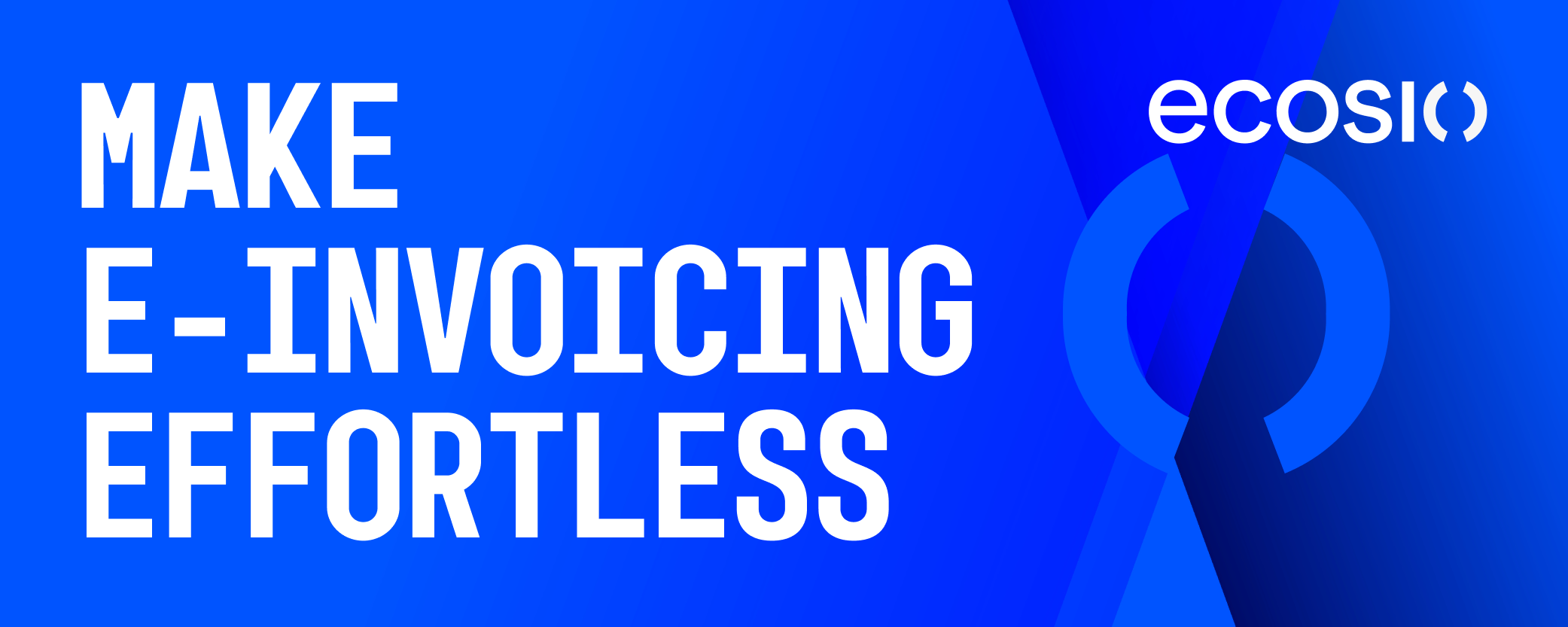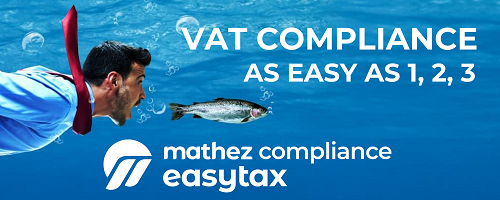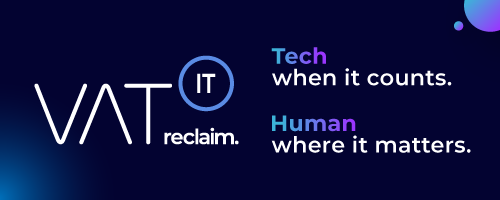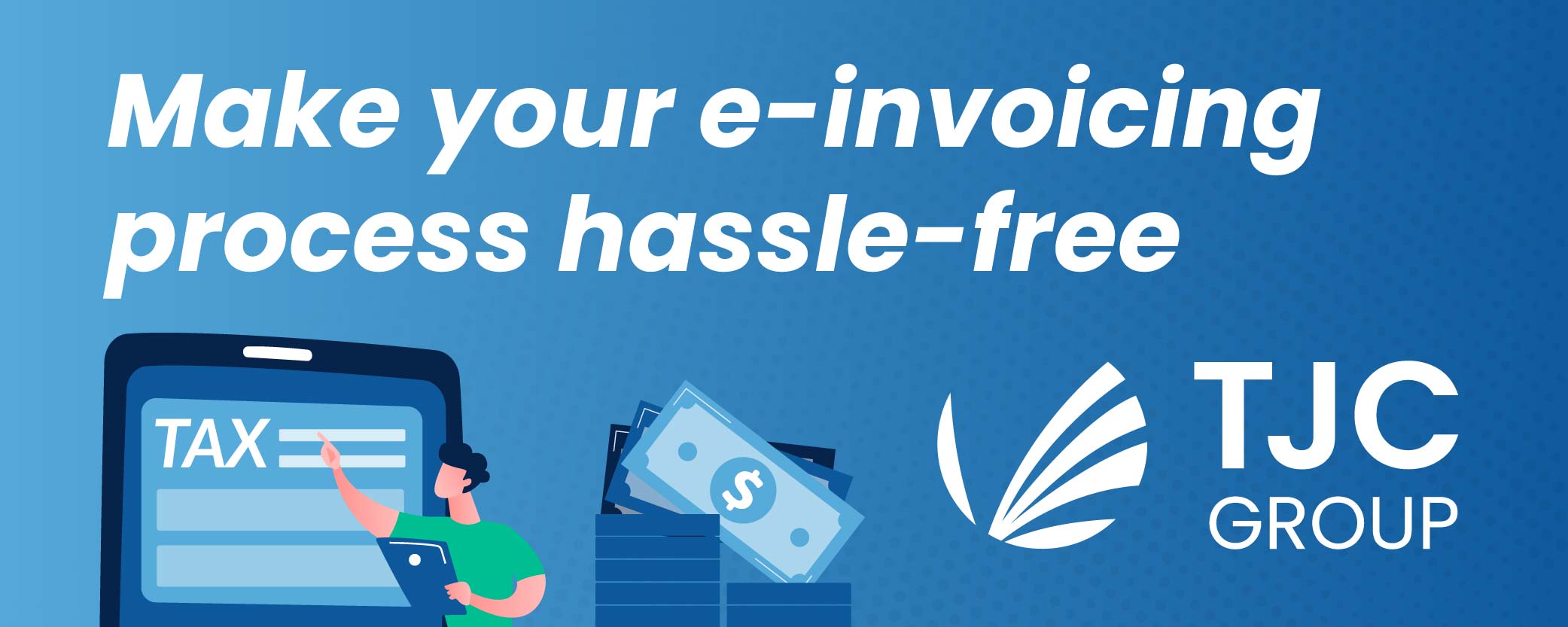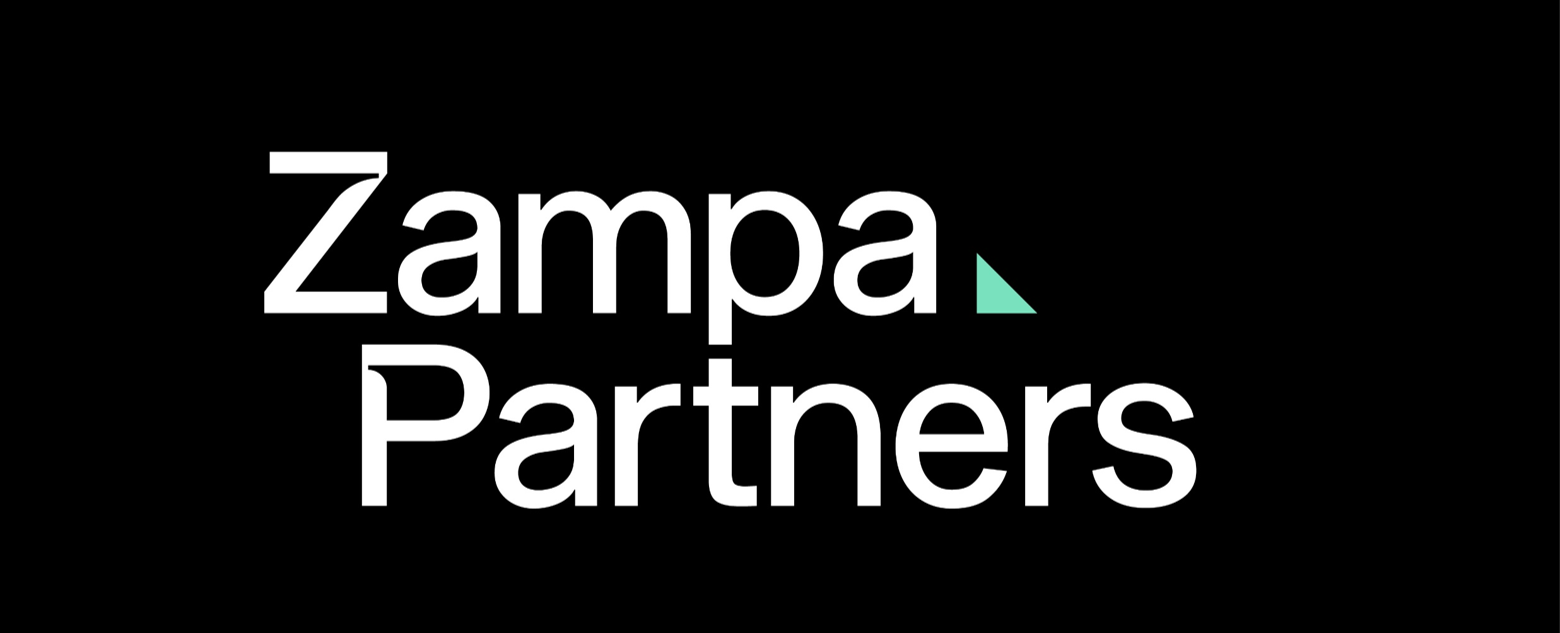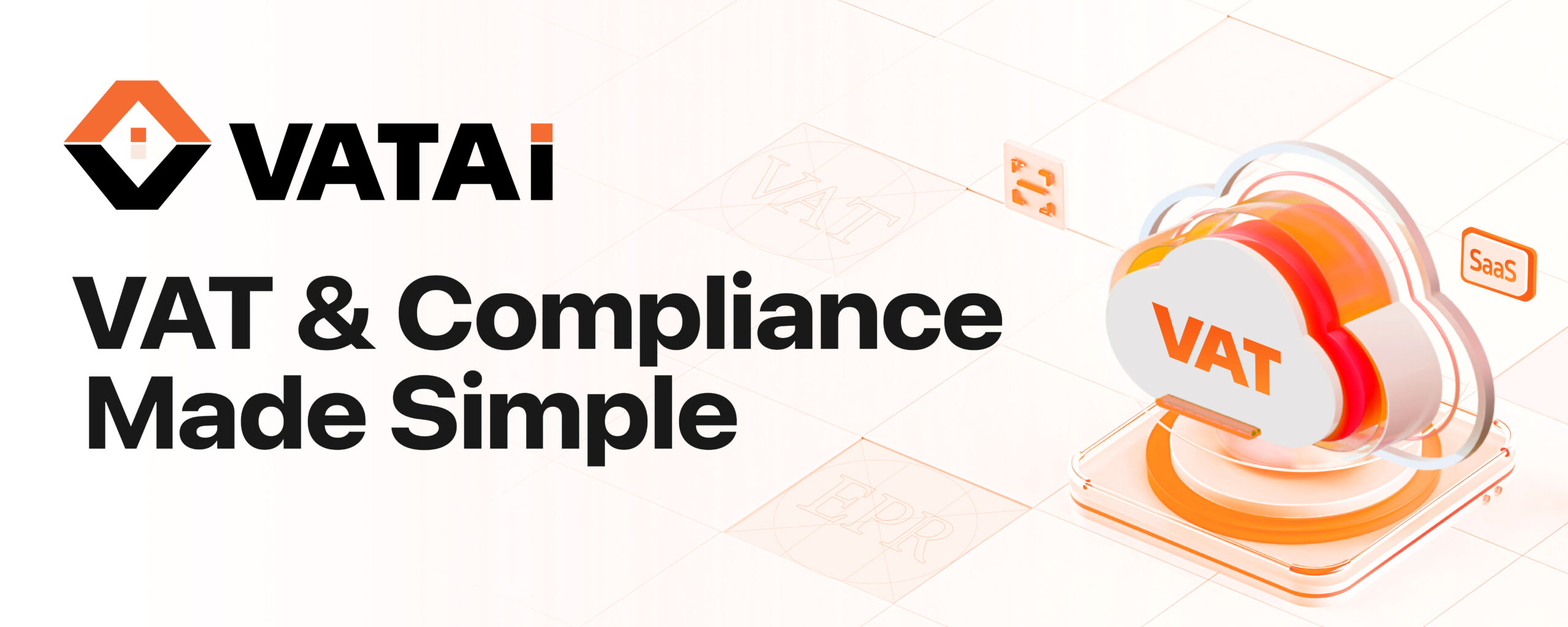Electronic invoicing has become essential for business management in the digital age, but there is no universally adopted model, as countries tailor their systems to their specific regulatory, economic, and technological contexts. This diversity reflects varying national priorities, such as reducing tax fraud, improving operational efficiency, and integrating new technologies.
The article outlines two primary data collection methods: Post-Audit and Continuous Transaction Controls (CTC).
Post-Audit Method
- Definition: Invoices are sent directly from the issuer to the recipient without prior tax authority approval, with compliance checked through later audits.
- Key Characteristics:
- Direct Transmission: Invoices are exchanged without government intervention at issuance.
- Taxpayer Responsibility: Companies must ensure compliance with tax regulations.
- Subsequent Audits: Requires maintaining organized records for later verification.
- Operational Flexibility: Offers greater autonomy in invoicing without real-time validation.
- Standards: While real-time intervention is absent, compliance standards must still be met.
CTC Method
- Definition: This method mandates real-time submission of invoices to tax authorities, allowing for immediate oversight and data collection.
- Benefits: Enhances transparency and reduces the need for retrospective audits.
Variants of CTC Models:
- Clearance Model: Requires tax authority validation for each invoice before it is sent to the recipient. Common in Latin America and countries like Saudi Arabia and Israel.
- Example: Mexico’s CFDI system mandates real-time submission and validation.
- Interoperability Model (Peppol CTC): Uses Access Points for real-time exchange of invoices, ensuring compatibility across formats.
- Countries like Belgium and Australia employ this model, where structured invoices are exchanged via the Peppol network.
- Centralized Model: Invoices are sent to a national platform that processes and forwards them to recipients. Used in Italy, Poland, and Romania.
- Example: Italy’s SdI system has set a European standard for e-invoicing.
- Real-Time Reporting Model: Invoices are reported to tax authorities in real time but not validated by them before being sent to recipients. Countries like Hungary and Spain use variations of this model.
- Decentralized Model: Involves both certified service providers and a central platform, where invoices are validated by service providers before being sent to the central platform. France and Spain are moving towards this model, with France implementing a Public Billing Portal for centralized invoice management.
Source: edicomgroup.com



